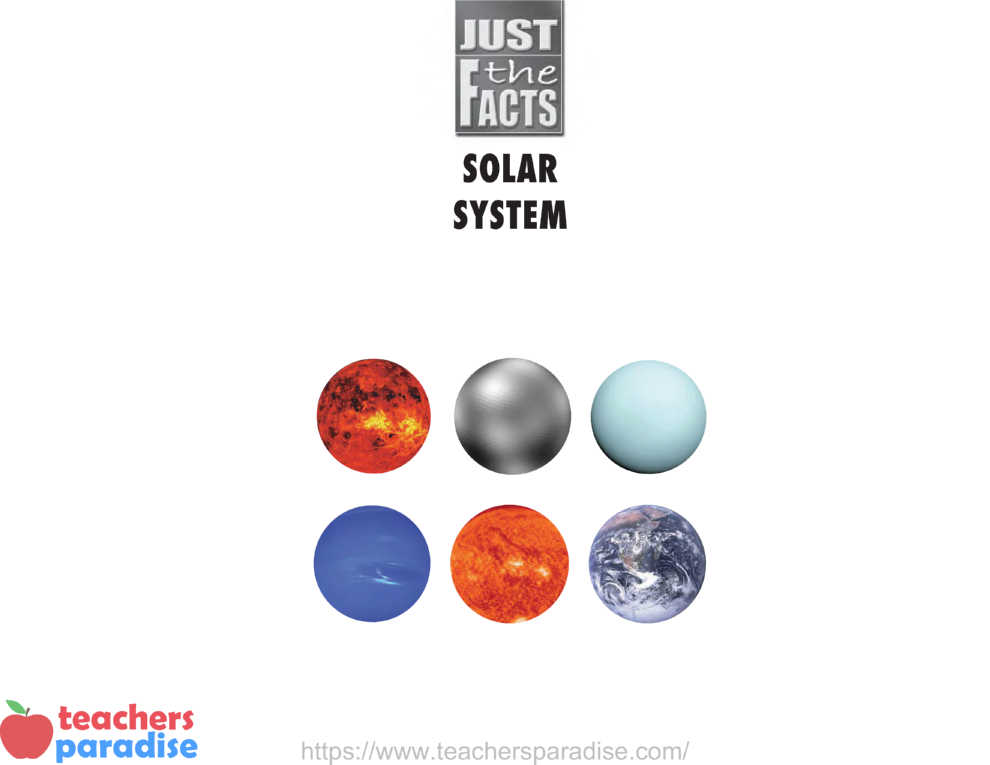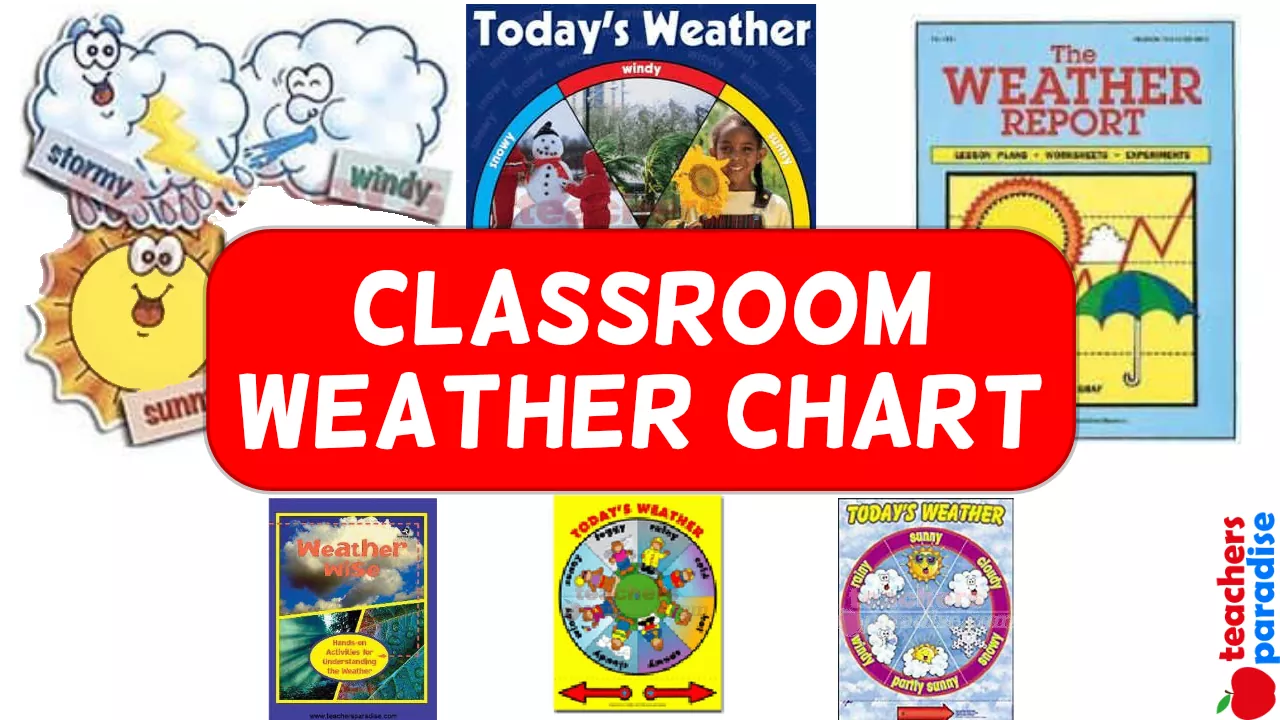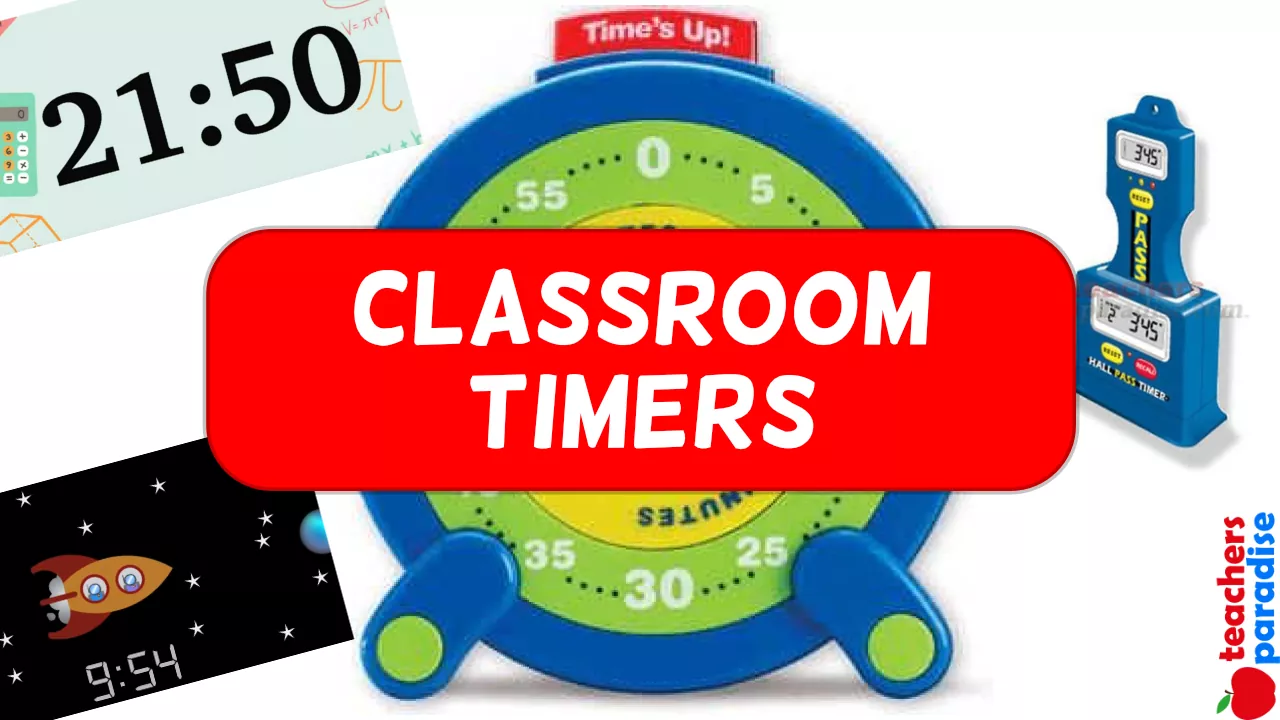OUR HOME IN SPACE
A city may seem like a big place. But most cities are tiny compared to whole countries. Many countries are small compared to continents, and all the continents together cover less than one-third of Earth. So, when we try to imagine that Earth is one of the smaller planets in the vastness of the solar system, it is very difficult. Solar system science attempts to understand incredible distances, sizes, and forces. Even then, the solar system is just one microscopic speck among the star clusters of our galaxy, the Milky Way, which is only one galaxy among billions of others.
More from Carson Dellosa
The Solar System is based around the Sun, our nearest star, at the center.
- It is comprised of nine planets that go around, or orbit, the Sun. They are (listed in order from nearest to the
Sun) Mercury, Venus, Earth, Mars, Jupiter, Saturn, Uranus, Neptune, and Pluto. - All of these planets, except for Mercury and Venus, have orbiting objects, called moons.
- Smaller space objects, called asteroids, orbit in the wide gap between Mars and Jupiter.
- Similar smaller space objects, called KBOs (Kuiper Belt Objects), orbit in a wide region beyond Neptune, called the Kuiper Belt.
- Objects called comets occasionally enter our solar system.
- The limit of the solar system is usually taken as the orbit of the outermost planet Pluto.
- Some experts disagree that Pluto is a true planet. Others search for more planets.
- There are regular announcements of the “10th planet,” as in 2003 and 2005. Most people continue to recognize the nine for now.
WORKSHEET & Sample PDF Activity
Sample PDF Activity
HISTORY OF THE SOLAR SYSTEM
The solar system probably began to form about 5,000 million years ago.
- A vast cloud of space gas and dust began to clump together under its own pull of gravity. The clump began to spin.
- The center of the clump became the Sun.
- Much smaller bits spinning around it became the planets and perhaps some moons.
- Most of the solar system, including Earth, was formed by 4,500 million years ago.
- The solar system is probably only about one-third as old as the universe itself.
OUR CHANGING VIEWS
Beliefs about the solar system and universe have constantly evolved.
- In ancient times, people thought all objects seen in the skies went around Earth.
- Gradually, scientific observations showed that Earth and other planets orbited the Sun.
- The invention of the telescope around 1609 confirmed this idea and allowed the discovery of many more space objects.
- From the 1930s, astronomers realized that some space objects gave out invisible radio waves, as well as or instead of light rays.
- Radio telescopes allowed discovery of yet more objects in space, many invisible to ordinary optical telescopes, because they give out no light.
- More kinds of rays were discovered coming from space objects.
- From 1990, the Hubble Space Telescope has discovered more stars and other space objects.

WRONG IMPRESSIONS
In solar system diagrams, it is almost impossible to get a true idea of distance and scale onto an ordinary page.
- The planets are tiny compared to the Sun. Even the biggest, Jupiter, would fit into the Sun more than 1,000 times.
- The four inner planets are relatively close to the Sun, but distances become ever greater with planets farther from the Sun.
- Diagrams must show the planets far bigger closer to the Sun and closer together than in real scale, just to fit them on a page.
ORBITS AND ECCENTRICITY
Most orbits, especially those of the planets around the Sun, are not exact circles.
- They are shaped more like ellipses or ovals.
- The Sun is not in the center of the oval of most orbits, but slightly offset toward one end, near one of the points called the focus.
- The amount that a planet’s orbit differs from a circle is called eccentricity.
- The bigger the eccentricity, the more elliptical the orbit.
Planet Eccentricity
Mercury 0.205
Venus 0.006
Earth 0.016
Mars 0.093
Jupiter 0.048
Saturn 0.054
Uranus 0.047
Neptune 0.008
Pluto 0.248
Venus has the most circular orbit, closely followed by Neptune, while Pluto’s is the most oval orbit, followed by Mercury.
SOME SPACE UNITS
Astronomical unit (AU) – The average distance from the Earth to the Sun is 93 million miles.
Light year (l-y) – The distance that light (which has the fastest and most constant movement in the universe) travels in one year, is 5.88 trillion miles.
Parsec (pc) – 19.2 trillion miles, defined by a star’s apparent shift in position (parallax) when viewed from two points which are a distance apart equal to the distance from the Earth to the Sun, that is, one AU.
Axial tilt – The angle at which the axis, the imaginary line around which a planet spins, is tilted compared to the level of the solar plane.
CONTENTS Just the Facts – Solar System ISBN 0-7696-4259-4
OUR HOME IN SPACE – 6
• The Solar System
• History of the solar system
• Our Changing Views
• Some Space Units
• Orbits and Eccentricity
• Wrong Impressions
EARLY ASTRONOMERS – 8
• Hipparchus of Rhodes
• Ptolemy of Alexandria
• Nicolaus Copernicus
• Tycho Brahe
• Johannes Kepler
• Astronomical discoveries timeline
LATER ASTRONOMERS – 10
• Galileo Galilei
• Giovanni Domenico Cassini
• John Flamsteed
• Edmond Halley
• William Herschel
• Edwin Hubble
• Percival Lowell
• Steven Hawking
• Space Sciences
• Astronomical discoveries timeline
THE SUN – 12
• Where in the solar system?
• Star Profile
• Structure and layers
• Flares and prominences
• Solar wind
• Photosphere
• Sunspots
• Sun timeline
MERCURY – 14
• Where in the solar system?
• Planet profile
• Orbit details
• Surface conditions
• Major features
• Other geological features
• Small and curious
• Distinguishing features
• Temperature
• Spin • Transit of Mercury
• Mercury timeline
VENUS – 16
• Where in the solar system?
• Planet profile
• Orbit details
• Surface conditions
• Major features
• Other geological features
• Transit of Venus
• Daytime
viewing • Reverse spin
• Nearest neighbor
• Circular orbit
• One long day
• Under pressure
• Venus timeline
EARTH – 18
• Where in the solar system?
• Planet profile
• Orbit details
• Surface conditions
• Major features
• Other geological features
• Plate tectonics
• Polar ice
• Life • Earth timeline
THE MOON – 20
• Where in the solar system?
• Moon profile
• Lunatics
• Orbit details
• Origin
• Surface conditions
• Major features
• Other geological features
• Near and Far
• Phases of the Moon
• The Moon and Tides
• Eclipses
• Moon timeline
MARS – 22
• Where in the solar system?
• Planet profile
• Orbit details
• Surface conditions
• Major features
• Mars maps and physical features
• Martians!
• Mars timeline
JUPITER – 24
• Where in the solar system?
• Planet profile
• Orbit details
• Atmospheric conditions
• Major features
• Other features
• Moon records
• Jupiter’s rings
• True giant
• Jupiter’s moons
• Speed spin
• Jupiter timeline
SATURN – 26
• Where in the solar system?
• Planet profile
• Orbit details
• Atmospheric conditions
• Major features
• Other features
• Main moons
• Titan
• The rings of Saturn
• Vast but light
• Saturn timeline
URANUS – 28
• Where in the solar system?
• Planet profile
• Orbit details
• Atmospheric conditions
• Major features
• Other features
• Main moons
• On its side
• Rings of Uranus
• Odd little world
• Uranus timeline
NEPTUNE – 30
• Where in the solar system?
• Planet profile
• Orbit details
• Atmosphereic conditions
• Major features
• Other features
• The first paper planet
• Naming Neptune
• Voyager visit
• Neptune’s rings
• Size and shape
• Neptune timeline
PLUTO – 32
• Where in the solar system?
• Planet profile
• Orbit details
• Pluto’s moon
• Is Pluto a true planet?
• Many names
• Plutinos
• Smallest planet
• Odd orbit
• Pluto timeline
ASTEROIDS – 34
• Asteroid facts
• Asteroid types
• The trojans
• Where do asteroids come from?
• First discoveries
• Strangest asteroids
• Asteroids with moons
• Space probes to asteroids
METEORS – 36
• Meteorite facts
• Meteors
• Craters
• Meteor showers
• Types of meteorites
• The Ten Biggest Meteorites
• Parent Comets
• Best Meteor Showers
COMETS – 38
• Comet facts
• The structure of a comet
• Famous comets
• Where do comets come from?
• Comet orbits
• Comet history
• Some space probes to comets
STARS – 40
• Star brightness
• Names of stars
• Stars together
• Brightest stars
• Colors and hotness
• Closest stars
• Birth and death of a star
STAR CONSTELLATIONS – 42
• How many constellations?
• Finding names
• Orion
• Signs of the zodiac
• Largest constellations
• Smallest constellations
• Brightest constellations
TELESCOPES – 44
• The world’s biggest telescope
• Types of light
• Telescope parts
• Types of telescope
• Making sharp images
• Space telescopes
• Linking telescopes
• Telescopes of the future
• Telescope timeline
MILKY WAY – 46
• Size and shape
• Galaxy profile
• Age of the Milky Way
• Milky Way center
• Many arms • Speeding stars
• Nearest galaxies
• In a spin
• Future fate
GALAXIES – 48
• Galaxy names
• Galaxy shapes
• Active galaxies
• How galaxies move
• How many galaxies
• Farthest galaxies
• Largest local galaxies
THE UNIVERSE – 50
• Cosmology
• Dark matter
• Expansion of the universe
• New theories
• The Big Bang
• The future of the universe
• Cosmologist timeline
HUMAN BEINGS IN SPACE – 52
• Apollo crews
• Vostok
• Gemini
• Mercury
• Apollo
• Soyuz
• Space shuttle
SPACE PROBES – 54
• Sputnik
• Pioneer
• Venus probes
• Vikings to Mars
• Recent planetery probes
• 10 Early Moon probes
LIVING IN SPACE – 56
• Salyut Space Stations
• Skylab
• Mir
• International Space Station
























